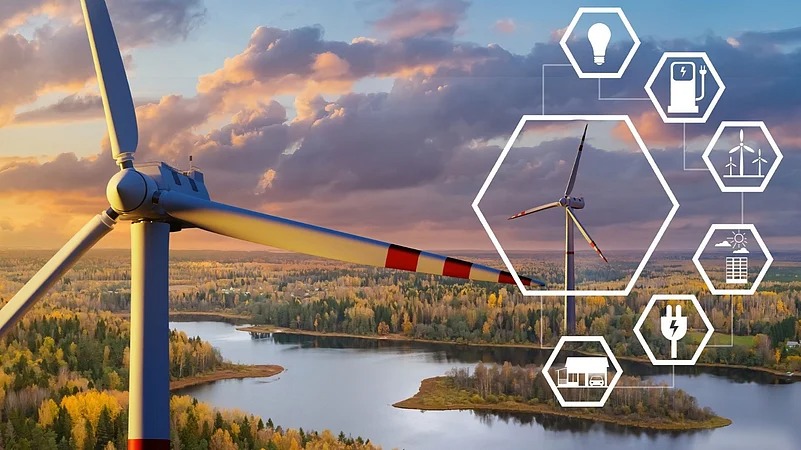As Russia's dominance in Central Asia declines, China is quickly transforming the region's energy landscape through huge investments, infrastructure development, and strategic cooperation. Central Asian nations, with their oil, gas, and mineral wealth, are increasingly looking eastward, with China now becoming their key economic and energy partner. This change is remaking trade flows, energy transmission, and geopolitics across the Eurasian heartland.
Key Points
Declining Russian Dominance, Increasing Chinese Influence
Russia's historical dominance of Central Asia, based on Soviet-era connections and security arrangements, is waning as its attention turns to the conflict in Ukraine and its economic influence weakens.
Central Asian states have diminished reliance on Russian energy corridors, increasingly preferring alliances with China, which is viewed as a more stable and trustworthy partner.
China's Growing Energy Investments
China is now the principal importer of Uzbek gas, occasionally taking more than 80% of the market, and the foremost trading partner of many Central Asian nations.
Chinese investments in Uzbekistan's renewable energy market have increased five times over, and China is funding key projects in Kazakhstan, such as new gas turbine facilities and oil and gas field exploration.
The Turkmenistan-Uzbekistan-Kazakhstan-China China-Central Asia Gas Pipeline is the focus of Beijing's energy security policy, providing Central Asian countries with an alternative to routes controlled by Moscow.
Key Infrastructure Developments
Beijing will resume building in 2025 the critical Line D of the Central Asia–China Gas Pipeline, subject to a supply deal with Turkmenistan.
The China-Kyrgyzstan-Uzbekistan (CKU) railway, a flagship Belt and Road Initiative (BRI) project, will give China direct access to Central Asia, cutting dependence on Russian transit networks.
Trade and Economic Integration
China-Central Asia trade totaled $89.4 billion in 2023-a 27% rise from the previous year-with Kazakhstan alone contributing nearly half of this volume.
China and Uzbekistan have advanced their relationship to an "all-weather" all-round strategic partnership, aiming for a rise in trade to $20 billion from $14 billion.
Chinese imports of such minerals as molybdenum, zinc, and copper from Tajikistan and Kazakhstan have increased, demonstrating its increasing presence in the region's extractive industries.
Central Asia's Strategic Calculations
Central Asian nations are embracing Chinese investment for technology and infrastructure development, which is critical to realizing their immense energy reserves and mineral resources.
Even as they deepen their relationship with Beijing, these nations are keen not to over-depend and are trying to diversify alliances, including with the United States.
Geopolitical and Energy Security Implications
Central Asian energy resources are closer and less susceptible to geopolitical interference than Middle Eastern supplies, and therefore they are essential for China's long-term energy security.
The region's huge reserves-more than 40 billion barrels of oil and 500 trillion cubic feet of natural gas-are flowing more and more eastward, reconfiguring global energy politics.
Relevant Sources: The Conversation, E-International Relations, World New World, Ananta Centre
